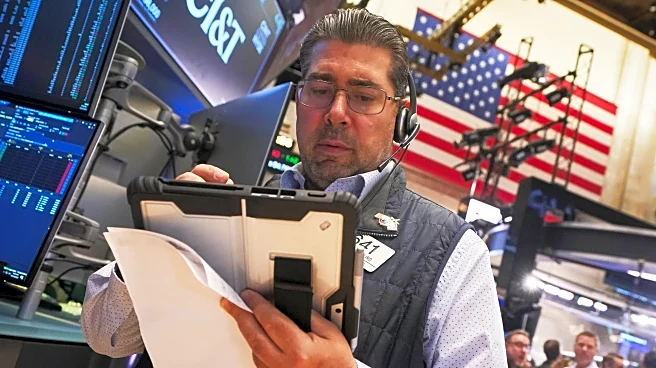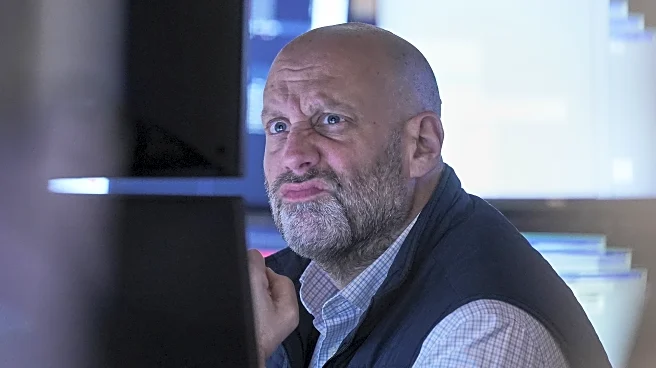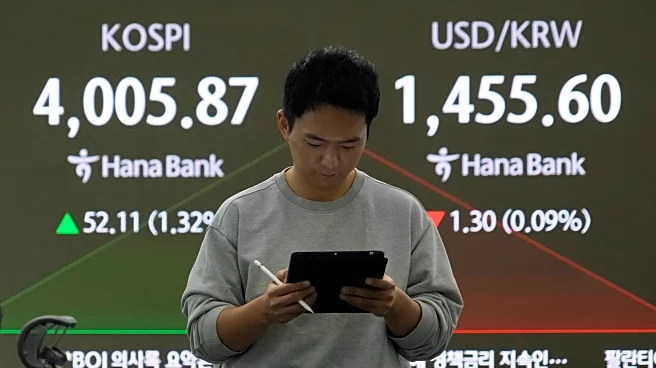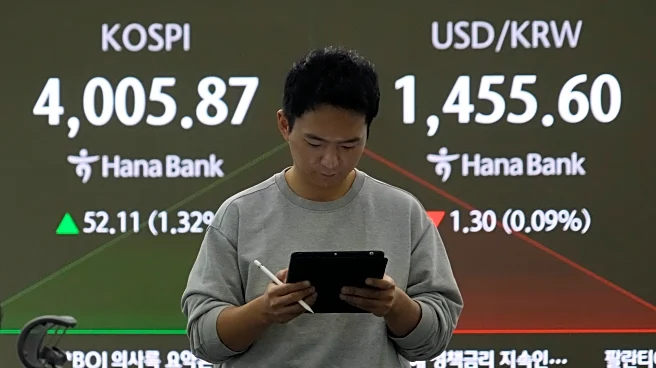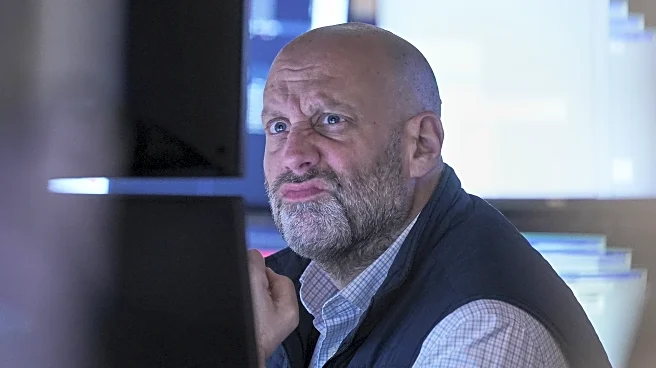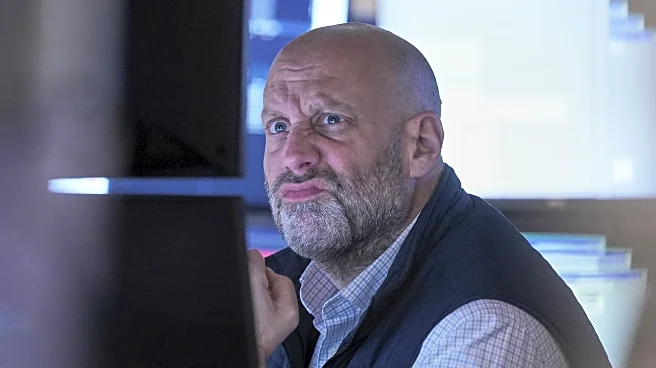Wall Street pointed toward strong gains before markets opened Monday as a bipartisan deal to end the federal government shutdown gained traction in the Senate, though it lacked any clear resolution to expiring health care subsidies that Democrats have been fighting for.
Rising hopes for an end to the longest federal government shutdown in U.S. history pushed futures for the S&P 500 0.9% higher, while Dow Jones futures gained 0.4%. Nasdaq futures climbed
1.5% on the strength of the technology sector.
Health insurers were among the losers early Monday as lack of clarity on health care subsidies clouded their futures.
Sunday's test vote began a series of procedural maneuvers to move toward passing compromise legislation to fund the federal government, though final passage could be several days away. The Senate may hold a vote by mid-December on extending expiring health care tax credits, the key sticking point.
President Donald Trump suggested in a social media post over the weekend — with few details — that the subsidies being sent to the “money sucking” insurance companies should instead be sent directly to people so they can buy their own health insurance.
Cigna, UnitedHealth Group and Humana all fell between 1% and 2% in premarket, while some smaller health care companies saw drops of up to 9%.
Monday’s gains were led by a rebound in technology shares as investors’ alarm over the run-up in stock prices related to the craze for artificial intelligence appeared to calm.
U.S. chipmaker Micron jumped more than 5% before the opening bell, while Seagate Technology and Super Micro Computer each rose about 4.5%.
Wall Street remains focused on the latest quarterly reports and forecasts from U.S. companies.
More than 90% of companies within the S&P 500 have reported earnings for their latest quarter. Most companies have reported growth beyond Wall Street expectations and the influential tech sector has the strongest growth, according to data from FactSet.
Corporate profits and forecasts were already being scrutinized by Wall Street as investors try to gauge whether the market’s overall high value is justified. The results have taken on more significance amid a lack of other data about the economy because of the U.S. government shutdown, which is now the longest on record.
The shutdown is responsible for delays in key economic data on inflation and employment that traders and the Federal Reserve rely on in making decisions about investments and policy. The lack of data on employment is especially troubling because the job market has been weakening.
The Fed has signaled a more cautious approach on interest rate cuts that Wall Street has been expecting to help stimulate the economy by reducing the cost of borrowing.
The Fed has already cut its benchmark rate twice this year as it tries to counter the impact that a weakening employment market could have on economic growth. However, cutting rates could worsen inflation at a time when levels are stubbornly higher than the central bank’s 2% target.
Wall Street is still mostly betting that the Fed will cut interest rates at its December meeting.
Elsewhere, in Europe at midday Germany's DAX gained 1.7% and the CAC 40 in Paris jumped 1.3%. Britain's FTSE 100 rose 1%.
South Korea’s Kospi added 3% to 4,073.24. Computer chipmaker SK Hynix, which is cooperating with Nvidia on artificial intelligence, surged 4.5%. Its bigger rival, Samsung Electronics, was up 2.8%.
Tokyo's Nikkei 225 added 1.3% to 50,911.76, lifted by big gains for AI related shares such as chipmaker Tokyo Electron, which surged 4.3%.
The Hang Seng in Hong Kong rose 1.6% to 26,649.06 and the Shanghai Composite index climbed 0.5% to 4,018.60.
Australia's S&P/ASX 200 picked up 0.8% to 8,835.90.
Taiwan's Taiex jumped 0.8%, while the Sensex in India gained 0.3%.
